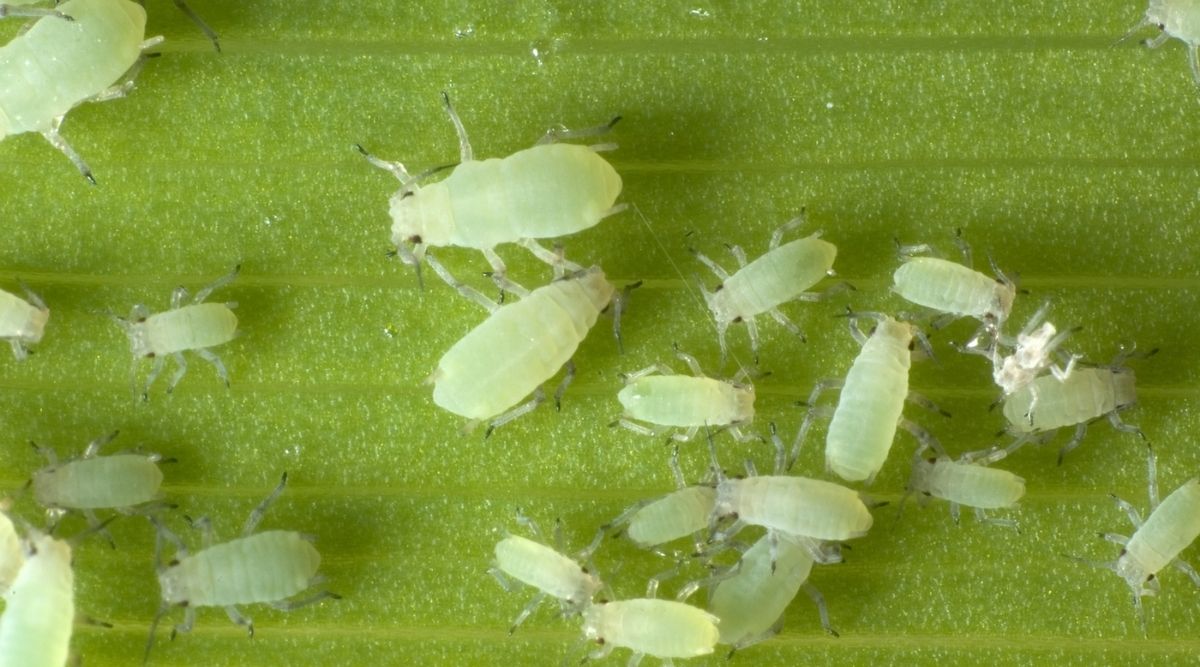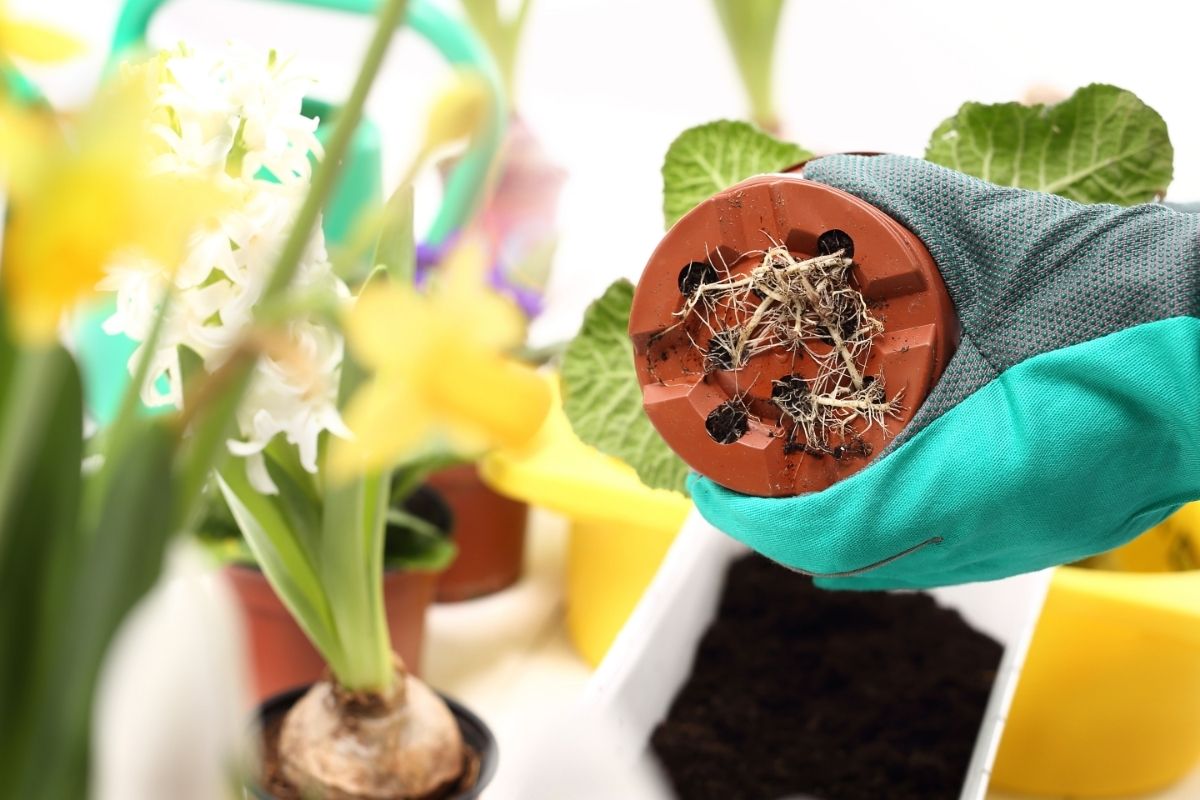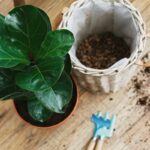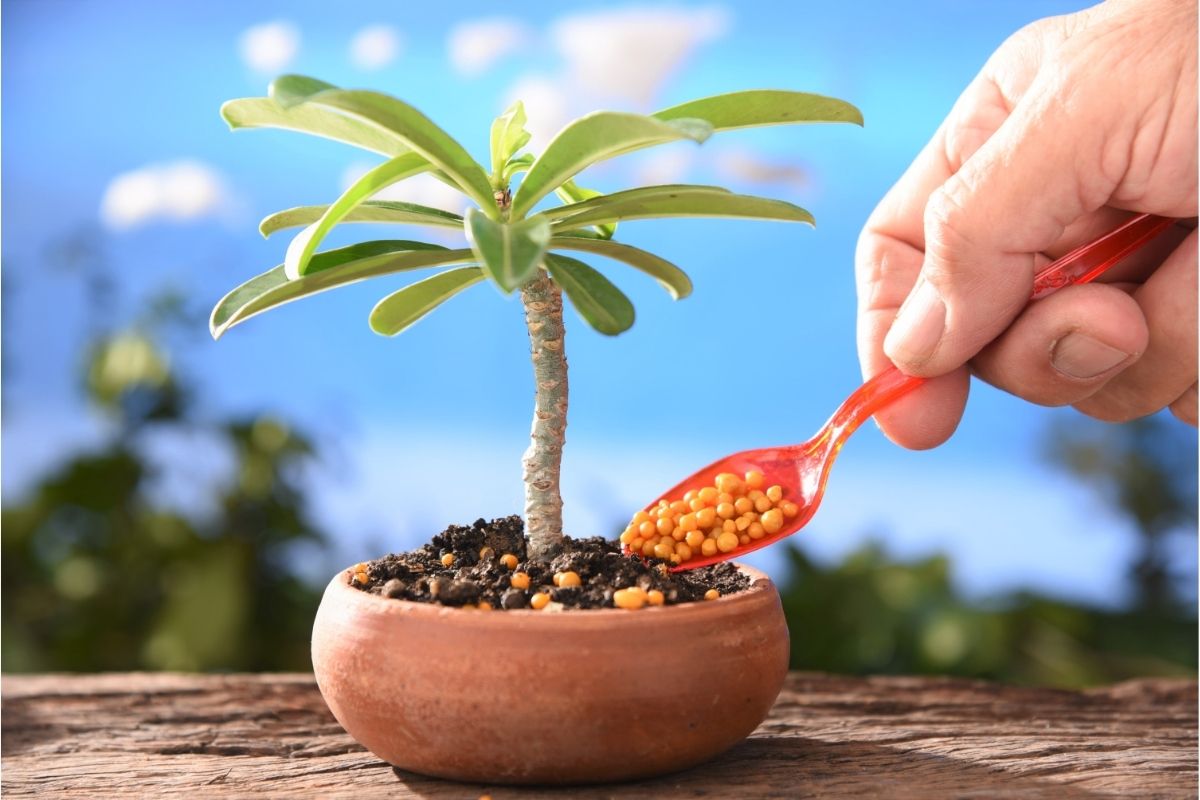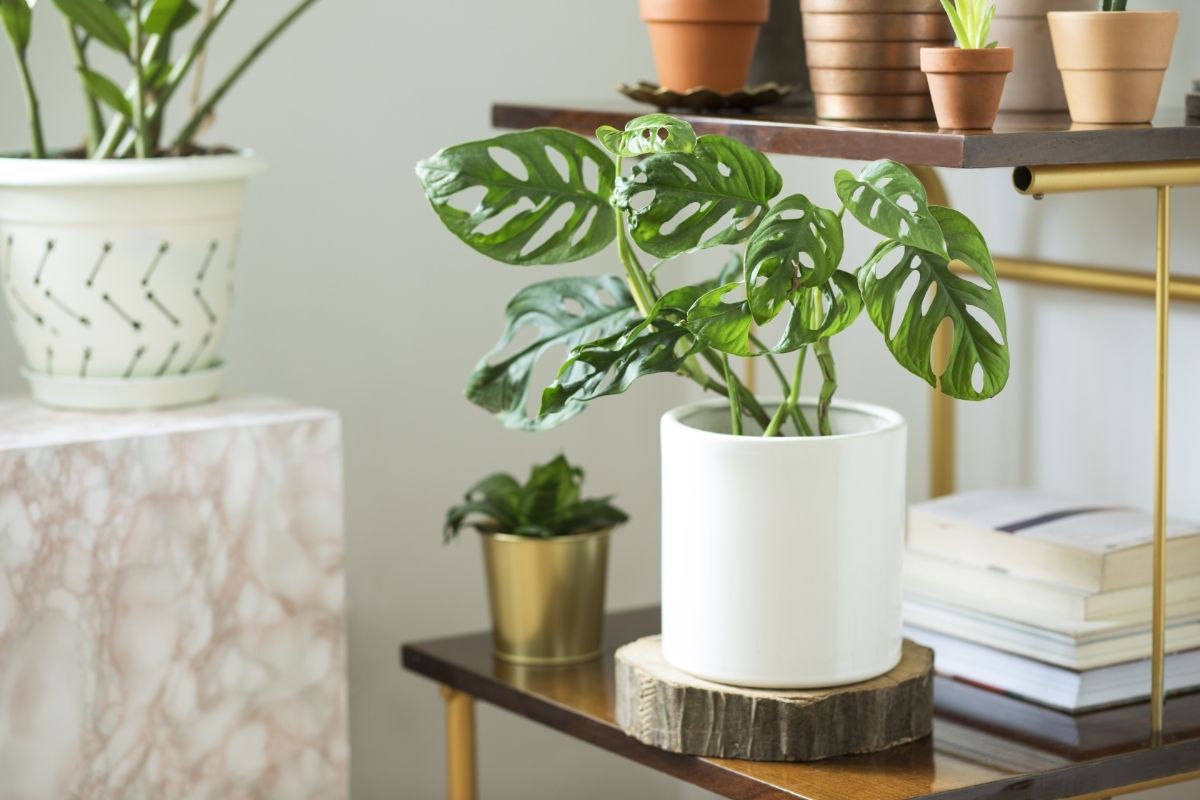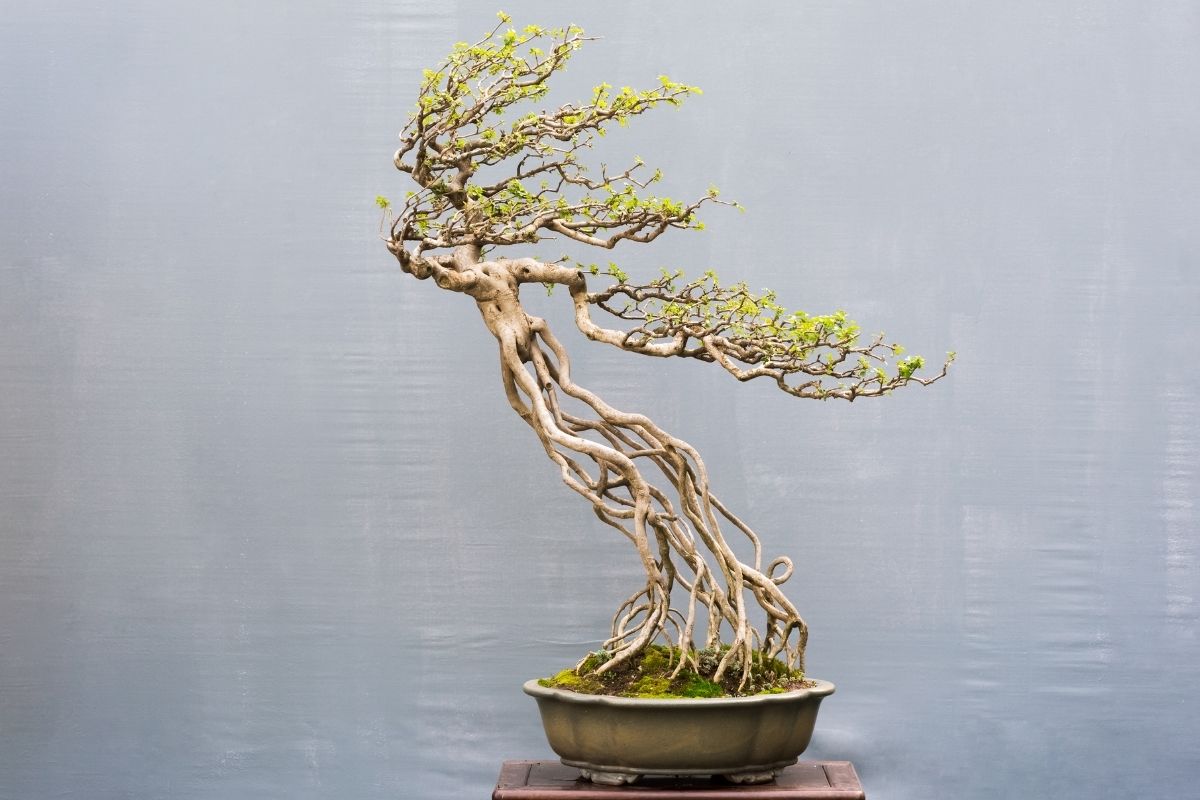If you own houseplants, there is a good chance that at some point or another you have had to deal with gnats invading your space.
However, sometimes a person’s home has a swarm of gnats for no apparent reason at all – though as you will find out in this article, gnats have a number of things that they are attracted to.
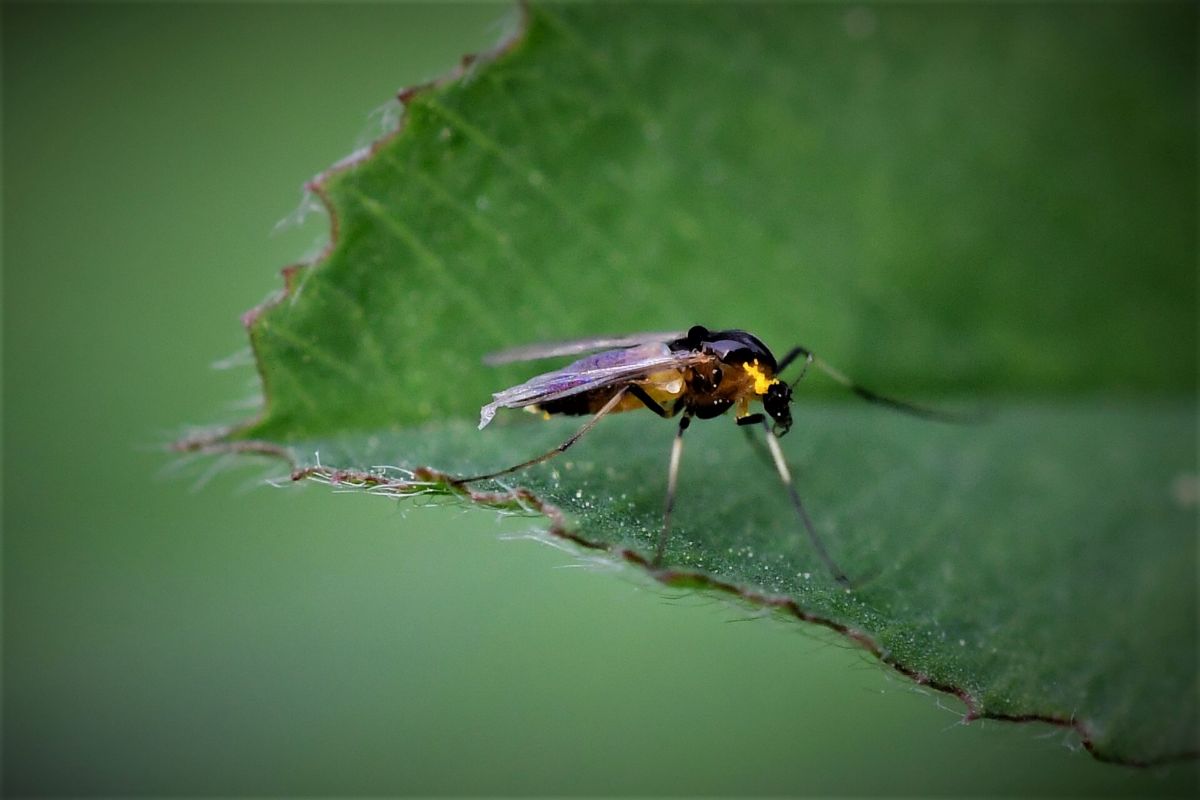
Gnats usually hunt for a source of food, and when they do, they lay eggs. Once you find the culprit, you can usually begin to get rid of them, which isn’t as difficult as you might think.
Some of the reasons gnats may invade your space is because of organic matter that is rotting – think compost bins, fruit and plants.
If you have an issue with gnats, then read on to find out what do gnats eat, and how to get rid of them once and for all.
What Is A Gnat?
A gnat is a tiny flying insect that comes in many different species. They often annoy humans and can infest a person’s home.
They can also bite, and cause people to scratch at where the bite has taken place. However, not every species of gnat bites.
One such species of gnat likes to feed on rotting organic matter within the home. This could be from rotting fruit and compost.
What Does A Gnat Eat?
A gnat loves to eat a lot. Usually their favorite meal is overripe, rotting vegetables and fruits.
They love the smell of fermentation when it comes to the likes of liquors and wine too. Anything overly sweet will have them interested.
Along with the above, they like to feed on organic matter which is decomposing.
This is why you may find them in a compost pile. If something was once ripe and alive, such as plants and fruit, then they will be looking for it.
However, it also depends on the subspecies of the gnat. Not all gnats are interested in the same thing. Some are only interested in rotting organic matter, such as in garbage or a fruit basket.
But then there are gnats who like decaying animals, nectar from flowers, manure, and even fluid from humans that can be found within the eyes, nose and ears.
Do Different Species Of Gnats Eat Different Things?
When it comes to what a gnat eats, it all depends on the species – there are over 600 found within North America.
However, one thing that the majority have in common is that they like to feed on organic matter.
The most common in the home are fungus gnats and drain flies. They enjoy eating organic matter within the home from houseplants, garbage, and so on. However, don’t be confused by the fruit fly – these are not a gnat.
Some other gnats include midges which feed on sugary and sweet things around ponds and swamps. They may also feed on blood from humans.
Gall gnats on the other hand enjoy munching on the sweat of animals and blood. While eye gnats eat both animal and human sweat, as well as blood and pus.
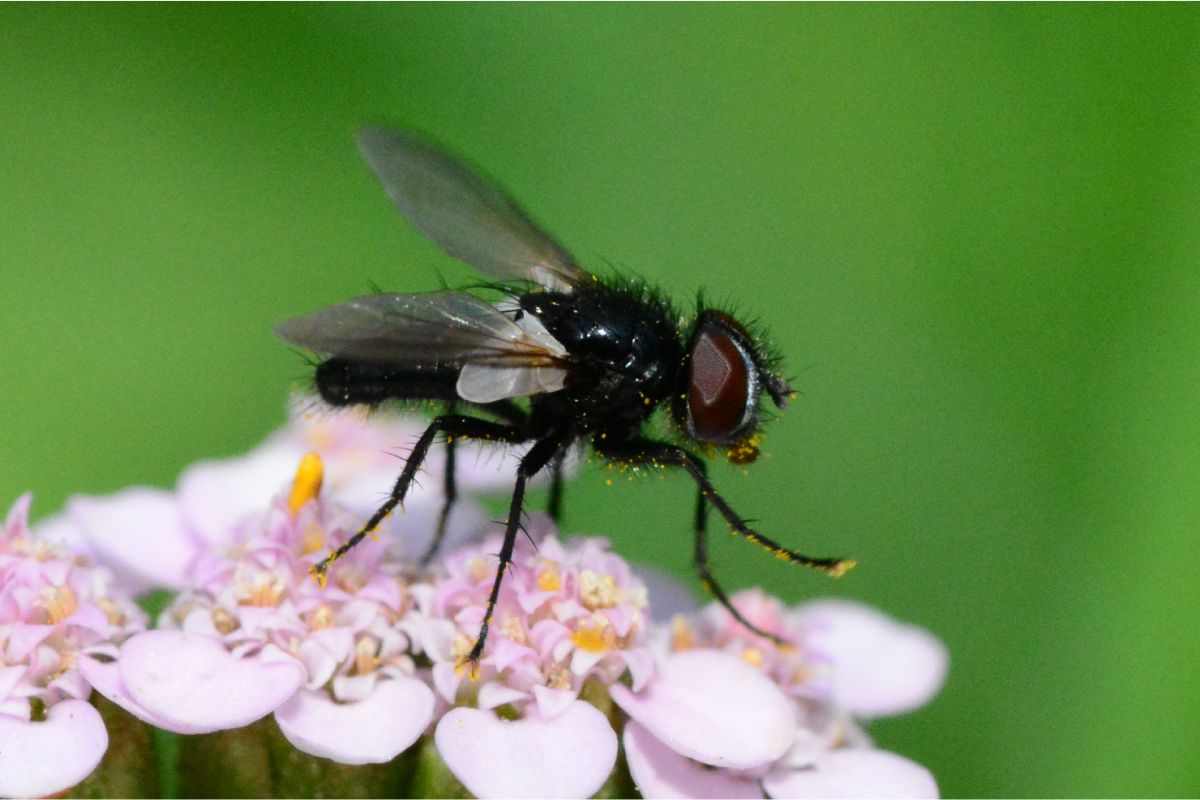
How Much Does A Gnat Eat?
Once a gnat hatches into larva it tends to eat as much as it can. This means it can potentially destroy a houseplant if the larva is within the soil.
Some species will not eat at this stage, and instead wait until the pupae stage, which is just before they become an adult. Once they are an adult, a gnat will eat as soon as it finds a food source.
Do Baby Gnats Eat?
Some gnats lay their eggs in damp and wet areas, which is why damp houseplant soil is a common place for gnats to be born.
Once they go through the stages of larva, they baby gnats will begin to feed on any decaying matter that is available to them. However, they can also feed on garbage bins, drain lines, or compost piles.
Why Do Gnats Attack A Houseplant?
If you have noticed gnats flying around your home recently and you own several plants, then you may want to do some detective work.
More often than not, a houseplant can become infected with gnats. One way of seeing if this is happening to one of your houseplants is by checking which one has flies buzzing around it.
Often the signs include a few flies on the plant, and you may see the odd one flying close to it.
The reason they are attracted to houseplants is because of the moist soil. They use the moist, damp soil to lay eggs. The organic matter within this soil also feeds the larvae.
While it is not a health hazard, it can damage the plant. It will also become bothersome as you watch tiny flies take over the room and attack other plants and food sources too.
To avoid a houseplant suffering with gnats, try not to overwater it. As soon as you see an infestation forming, do something about it too.
How Can You Get Rid Of Gnats?
If you are struggling with a gnat infestation in the home, then there are some ways to get rid of them.
Fortunately, a gnat only tends to live for four weeks at a time. This means that getting rid of the food source can help to remove them completely.
In The Home
If you suspect you have a gnat issue, in a bowl add dish soap and apple cider vinegar, and then place plastic wrap over the top.
Pierce a few holes and watch them fly in!
On A Houseplant
In a spray bottle, add dish soap to water and spray at the plant. The gnats will be stuck and you can remove them.
Final Thoughts
If you have houseplants, then there is no doubt that you could at some point suffer with a gnat issue. This is because gnats love decaying organic matter and moist soil.
Fortunately, they are easy to get rid of with patience and dish soap!
- Best Hanging Plant For Low Light - September 4, 2023
- Best Indoor Plants Florida - August 28, 2023
- Best Plants For Bathroom Smells - August 21, 2023

